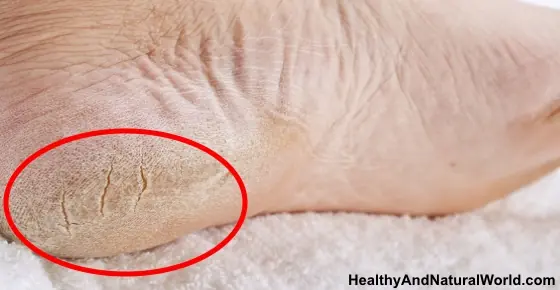
The gap between a woman’s legs can reveal that she is…
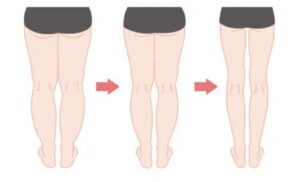
Some trends, no matter how much time passes or how society evolves, seem to cling on stubbornly. One of the most persistent? The infamous “thigh gap” – that visible space between the inner thighs when standing with feet together. It may seem like a minor physical detail, but it continues to captivate social media feeds and influence body image across generations. The big question is: why does something so anatomically elusive still hold such power over us?
Here’s a key insight: it’s not really about fitness or willpower. It's about bone structure – something you can't diet or squat your way into.
A Persistent Myth That Defies Logic
Since the rise of platforms like Instagram and TikTok, beauty ideals have become even more exaggerated and often unattainable. The thigh gap stands out as one of the more troubling examples. Once a quiet trend in fashion magazines, it exploded into mainstream consciousness during the 2010s and still lingers today. From viral challenges to tutorials and transformation videos, there’s no shortage of content pushing the idea that a thigh gap is not only possible for everyone – but also something we should want.
But let’s be clear: that idea is based on a complete misconception. The space (or lack thereof) between your thighs has far more to do with your skeletal anatomy than your workout routine or calorie count.
What Science – and Your Bones – Have to Say
According to medical experts like Dr. Ross Perry, a British aesthetic specialist, the presence or absence of a thigh gap has everything to do with your bone structure, particularly the width of your pelvis, the angle of your femurs, and your muscle insertion points. These are factors determined by genetics – not how "fit" or "disciplined" you are.
Even those with extremely low body fat may not have a thigh gap. In fact, many elite athletes or dancers, despite being in peak physical condition, also don’t exhibit this trait. Why? Because fitness doesn’t rewrite your skeletal alignment.
This is worth repeating: a thigh gap is not an indicator of health or fitness. And in many cases, those images we admire in magazines or social media aren’t even real – they're digitally altered or taken at just the right angle, with perfect lighting and posture.
When Body Standards Turn Harmful
So what’s the real danger here? It lies in the pressure this unrealistic ideal places on young people – especially girls and young women – who are still forming their self-image. Pursuing a thigh gap can lead to disordered eating, obsessive exercise, and deep feelings of inadequacy.
What begins as a seemingly harmless aesthetic goal can spiral into something much darker. Mental health professionals have long warned that chasing impossible beauty standards – especially those rooted in misinformation – can lead to anxiety, depression, and body dysmorphia.
The worst part? Many people don’t even realize how much these standards have seeped into their thinking until they’re already deeply affected.
Reframing the Conversation Around Your Body
If you’ve found yourself influenced by this trend – or even just curious about it – the most powerful thing you can do is refocus. Instead of measuring yourself against arbitrary ideals, redirect your energy toward goals that genuinely benefit your body and mind: getting stronger, feeling more energized, improving your flexibility, or simply feeling comfortable in your own skin.
Cultivating a healthy relationship with your body isn’t about fixing it – it’s about learning to listen to it, respect it, and let it thrive in its natural shape.
Remember: you can’t “spot-reduce” fat in specific areas, and no inner-thigh workout will change the width of your hips or the alignment of your bones. What is possible is developing a more peaceful and empowered mindset about your appearance.
The Bottom Line
There is no one ideal shape that every body should conform to. The beauty of the human form lies in its diversity – in the way our bodies reflect different genetics, lifestyles, and life experiences. A thigh gap is not a prize to be earned or a flaw to be corrected. It’s simply a variation – one of many – that some bodies happen to have and others don’t.
So the next time this trend pops up in your feed, remember what’s real and what’s not. Your worth, health, and beauty are not defined by a gap between your legs – they’re defined by how well you take care of yourself, how kindly you speak to your body, and how confidently you inhabit the space you’re in.
News in the same category


Horror as Cat Fur Vests Sold at Popular Shopping Centre

Engineers Invent Headset That Records Your Dreams – And Lets You Play Them Back When You Wake Up!

Microplastics Found in Reproductive Fluids, Raising Concerns Over Fertility Risks

Brave Man Allows Black Widow to Bite Him

Arkansas woman accidentally discovers $27,000 dollars after kicking 'spiderweb' in park

4 Common Traits of Adults Who Grew Up Without Love

Watch – Mexico City is Converting Highway Pillars Into Vertical Gardens to Clean the Air and Beautify the City

Trump is Looking to Change Marijuana Laws in the Us and It Could Have a Major Impact

Decode the secrets behind human fingerprints.

Ch!lling simulation shows what actually happens to your body when you d!e

Scientists issue warning for surprising item people use that's 40 times dirtier than a toilet seat

Scientists reveal what your favorite way to eat eggs really says about you

Truth behind 5,000-year-old Stonehenge mystery as scientists reveal how it was actually built

New report reveals exactly which professions are most at risk from AI takeover in the next five years

12 Small Habits That Could Be Ruining Your Home

Are Brown Recluse Bites Really That Dangerous? Here’s What You Should Know

Blue Stop Signs: What Do They Mean?

16 Subtle Clues Your Partner May Not Be Loving You as You Deserve
News Post

Iconic internet feature set to be permanently shut down after 34 years

Are You Feeling These Symptoms? Here’s WHY It Could Mean Your Body Is FULL of Toxins!

30+ Enriched Reasons to Embrace Purslane (Portulaca oleracea)

12 Enhanced Benefits of Bull Thistle Root & How to Use It Naturally

Chromolaena Odorata: 15 Reasons to Explore Its Potential Benefits and Risks

Natural Juice Blends to Support Joint and Bone Health After Age 50 (Enhanced with Extra Benefits)

10 Nourishing Homemade Potato Face Packs (Enhanced with Extra Benefits)
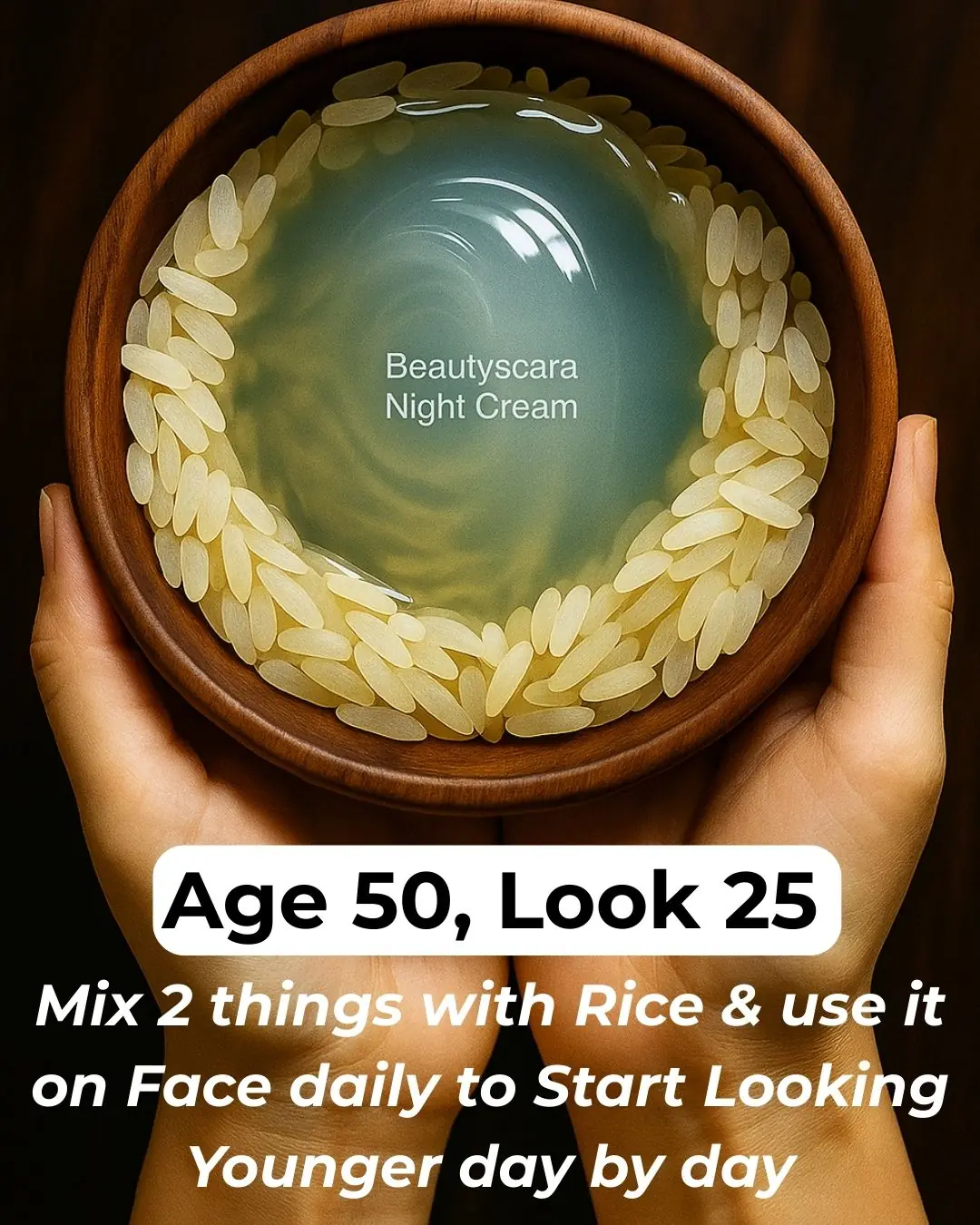
Homemade Rice & Flaxseed Night Cream for Radiant, Youthful Skin

When Your Child Shuts You Out: How to Reconnect Without Losing Yourself

How to Marinate Fish for Maximum Flavor and Tenderness

Psychologists Say These 14 Behaviors Often Reveal a Toxic Personality

Which Is Better for Your Heart: Avocado Oil or Olive Oil? Experts Reveal the Truth
Calcium Deposition Can Increase Osteoarthritis Risk

IBD Linked to Higher Risk for Interstitial Lung Disease
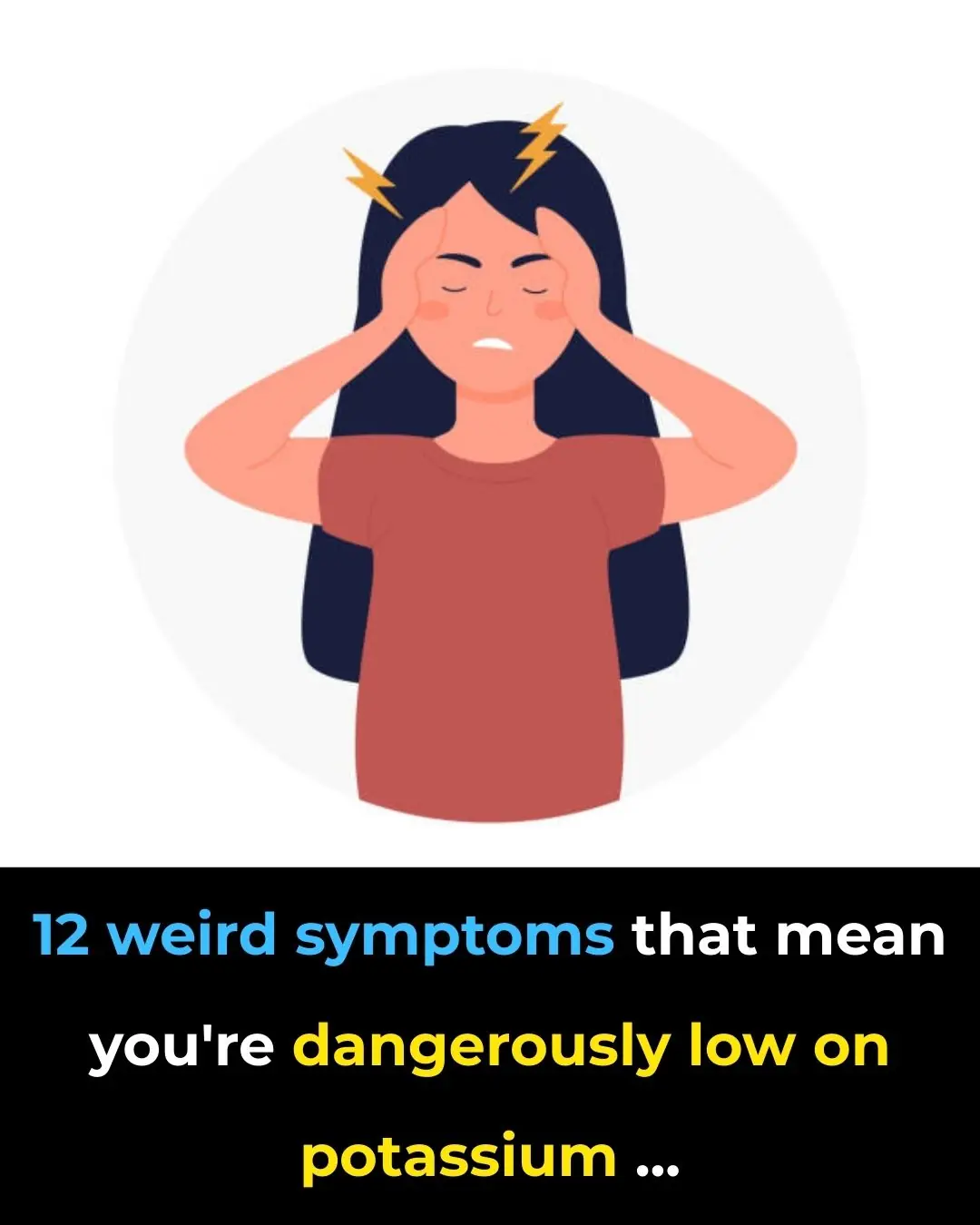
12 weird symptoms that mean you’re dangerously low on potassium
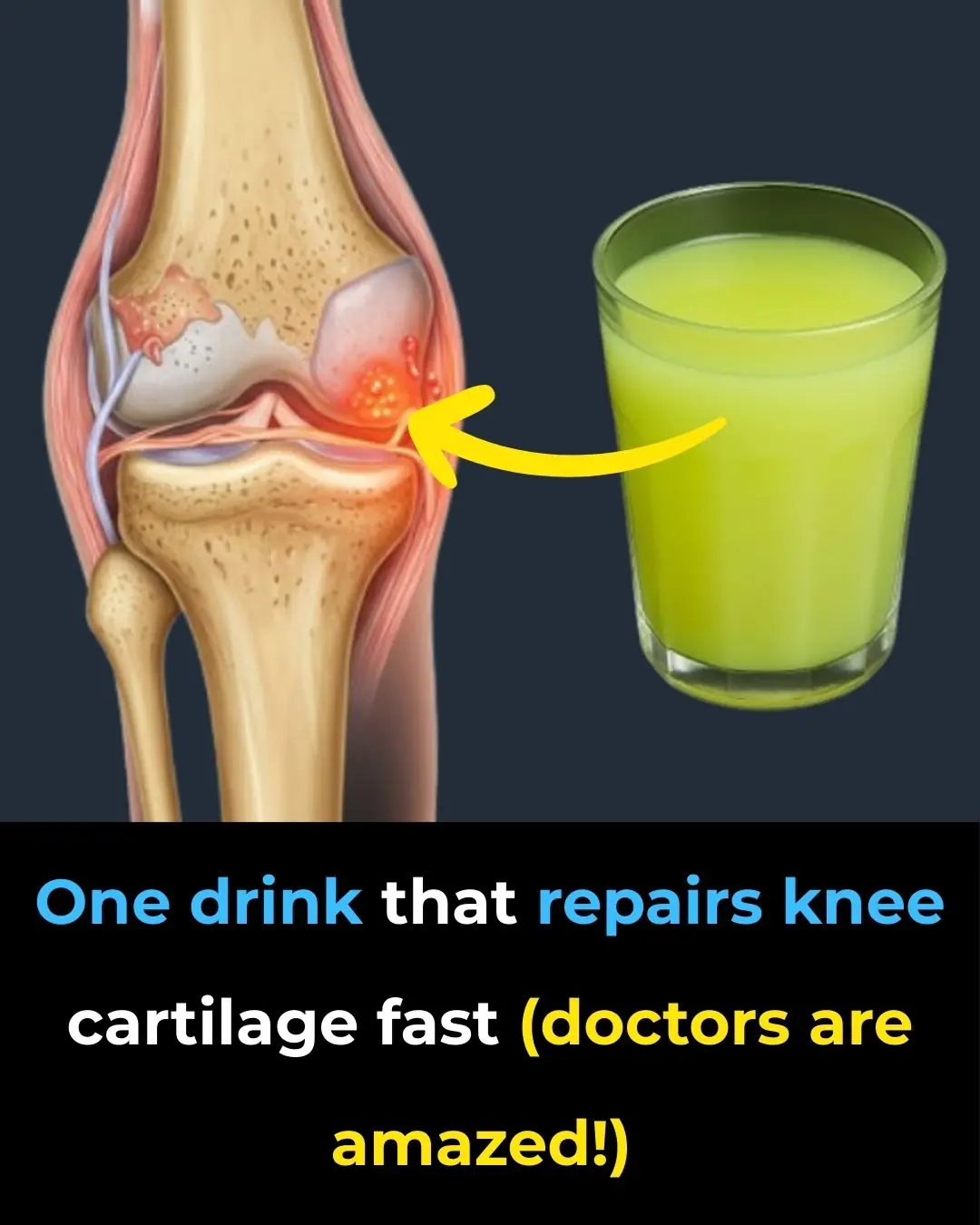
One drink that repairs knee cartilage fast (doctors are amazed!)

How Often to Clean Your Shower Curtain — and These 6 Other Bathroom Items

8 Doctor-Approved Ways to Get Rid of Hyperpigmentation
